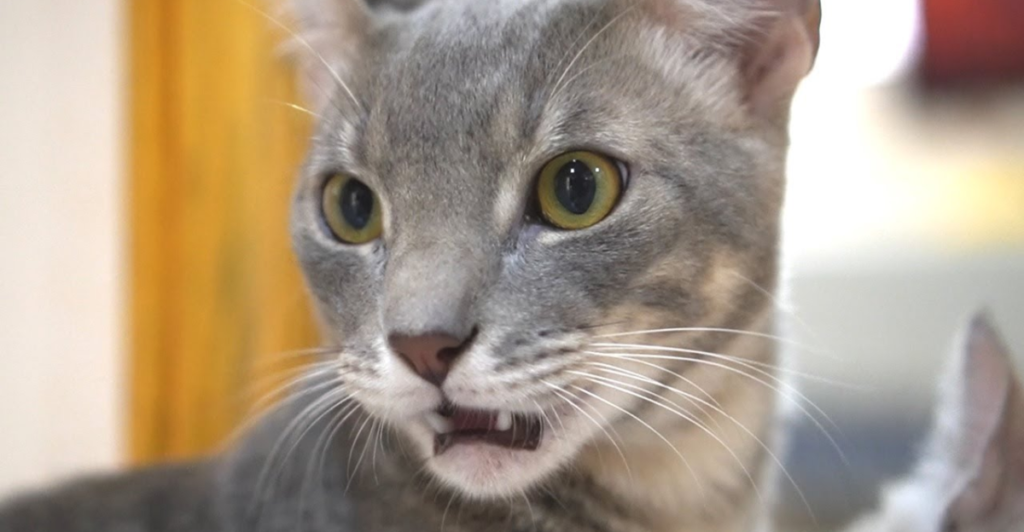
If you’ve ever noticed your cat making a peculiar open-mouthed expression after sniffing something, you’re observing the flehmen response, a critical aspect of feline behavior. This reaction allows cats to analyze complex scents, particularly pheromones, which are chemical signals used for communication among animals. The term “flehmen” is derived from the German word for “to bare the upper teeth,” aptly describing the characteristic grimace cats exhibit during this response. When a cat encounters an intriguing scent, it curls back its upper lip, opens its mouth, and inhales, directing the scent molecules to the vomeronasal organ (VNO), or Jacobson’s organ, located on the roof of the mouth. This organ is specifically adapted to detect pheromones, providing cats with information about the identity, sexual status, and territorial markers of other felines. While the flehmen response is typical in many mammals, it is particularly pronounced in cats, underscoring their reliance on chemical communication. Understanding this behavior offers insight into how cats interpret their environment and interact with other animals.
The Role of the Vomeronasal Organ in Scent Analysis
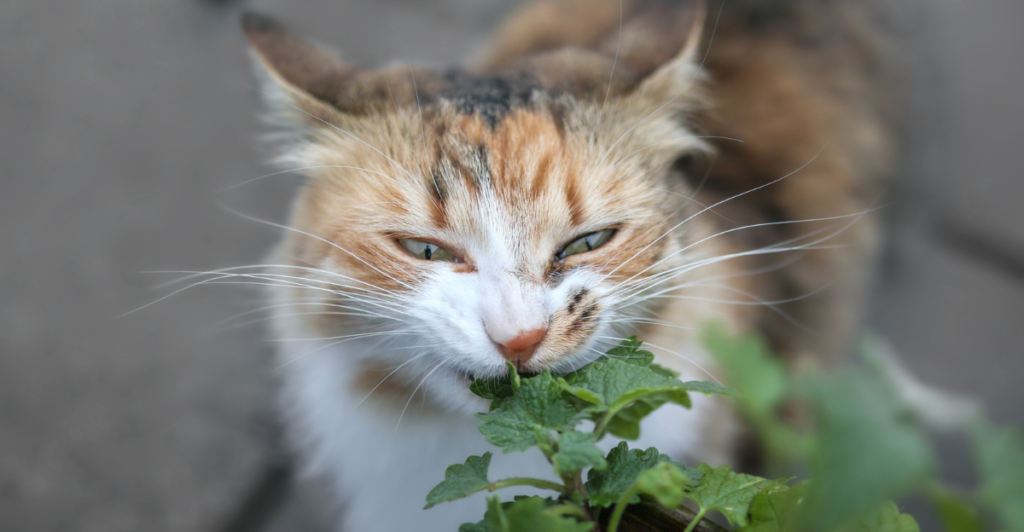
Central to the flehmen response is the vomeronasal organ (VNO), a specialized chemoreceptor located above the roof of a cat’s mouth. This organ detects non-volatile chemical cues, such as pheromones, which are not perceivable through the regular olfactory system. When a cat performs the flehmen response, it facilitates the transfer of these chemical signals to the VNO via ducts located just behind the front teeth. The VNO sends this information directly to the brain, aiding social and reproductive behaviors.
Identifying the Flehmen Response: What to Look For
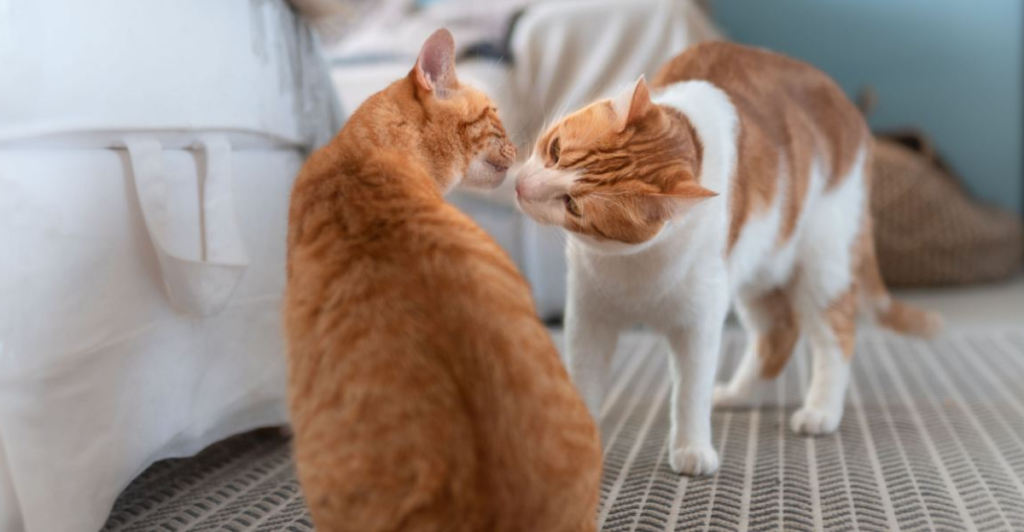
Recognizing the flehmen response involves observing specific behaviors: the cat will pause, curl back its upper lip, open its mouth slightly, and often hold this position for several seconds. This “grimace” allows the cat to draw scent molecules toward the VNO for analysis. While the cat may appear to be reacting with distaste, this expression is a natural mechanism for processing complex scents.
Pheromones: The Chemical Messengers in Feline Communication
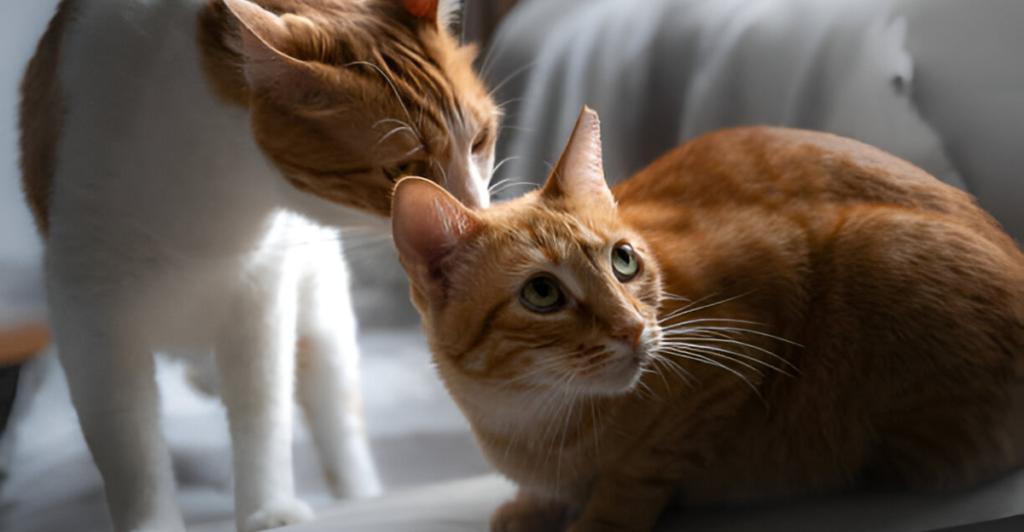
Pheromones are crucial in feline communication, conveying information about territory, reproductive status, and individual identity. Cats deposit pheromones through glands on their face, paws, and tail base. When another cat encounters these scent markers, the flehmen response allows them to interpret the chemical messages, facilitating social interactions and mating behaviors.
Male Cats and the Flehmen Response: A Focus on Reproduction
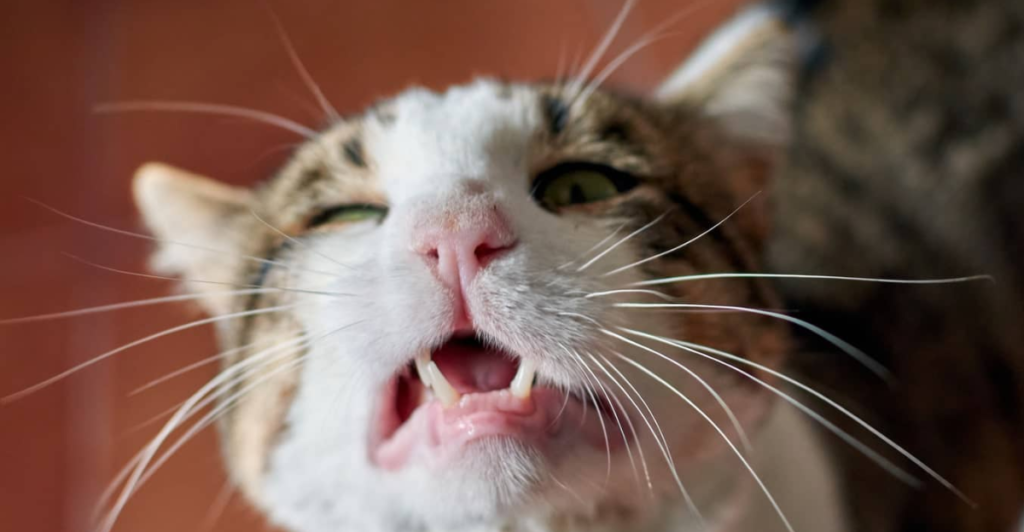
Male cats frequently exhibit the flehmen response when detecting pheromones in females’ urine, particularly when assessing their reproductive status. This behavior helps males determine the optimal time for mating, highlighting the response’s role in feline reproduction. However, both male and female cats utilize the flehmen response in various contexts beyond mating.
Beyond Cats: The Flehmen Response in Other Species
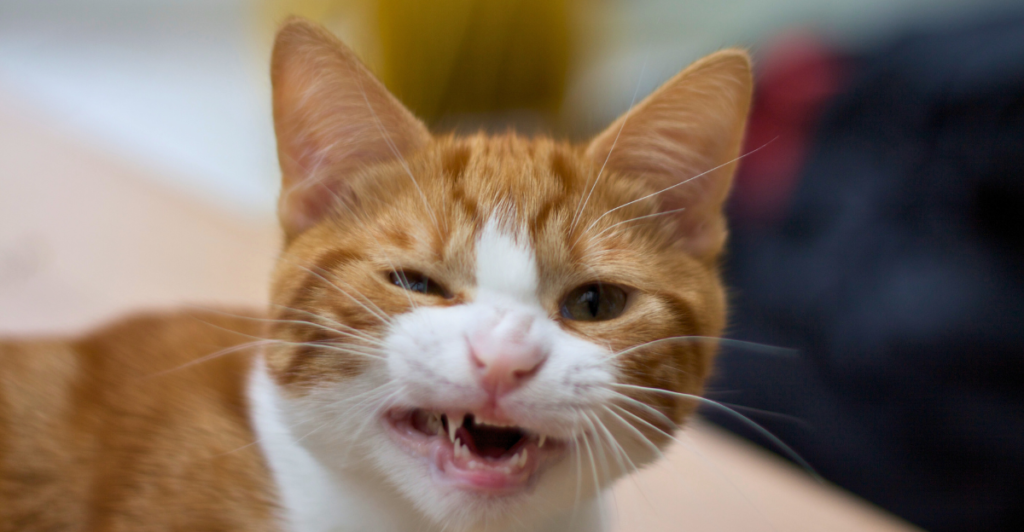
While commonly associated with cats, the flehmen response is observed in various mammals, including horses, goats, and big cats like tigers. In each species, this behavior serves a similar purpose: detecting and analyzing chemical cues essential for communication and reproduction. The prevalence of the flehmen response across species underscores its evolutionary significance in mammalian behavior.
Common Triggers for the Flehmen Response
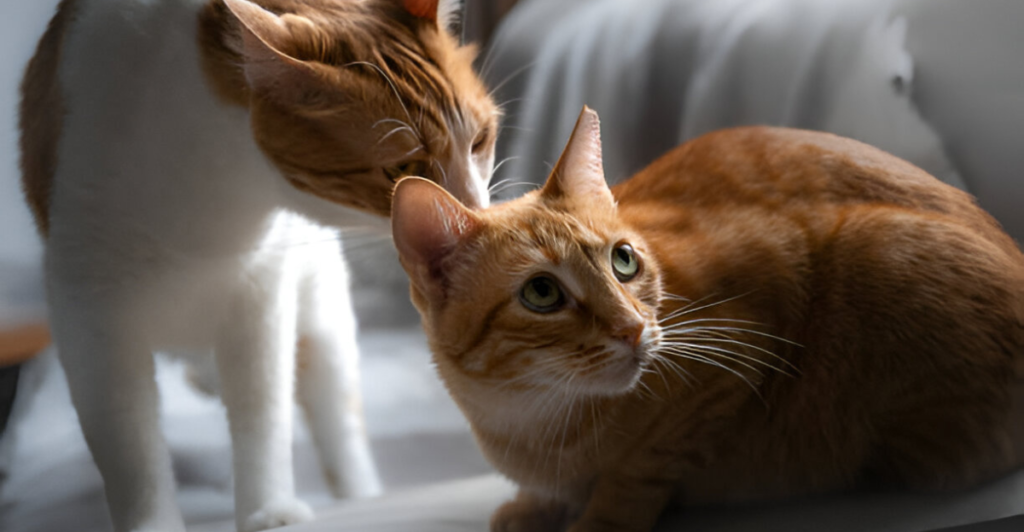
Cats may display the flehmen response when encountering a variety of scents, such as the pheromones of other cats, certain foods, plants like catnip, or even human-associated smells like sweat. This behavior indicates the cat’s attempt to analyze and process new or significant olfactory information in its environment.
The Misconception of the ‘Stinky Face’
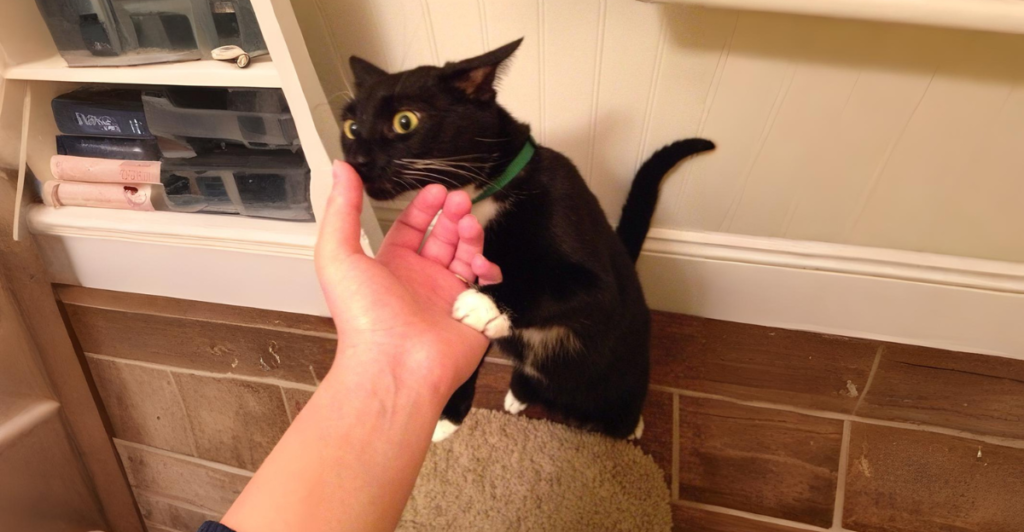
The facial expression associated with the flehmen response is often misinterpreted as a reaction of disgust. In reality, this “stinky face” is a functional behavior that enables cats to access and process complex chemical signals, providing them with valuable information about their surroundings and the presence of other animals.
Observing the Flehmen Response in Domestic Cats
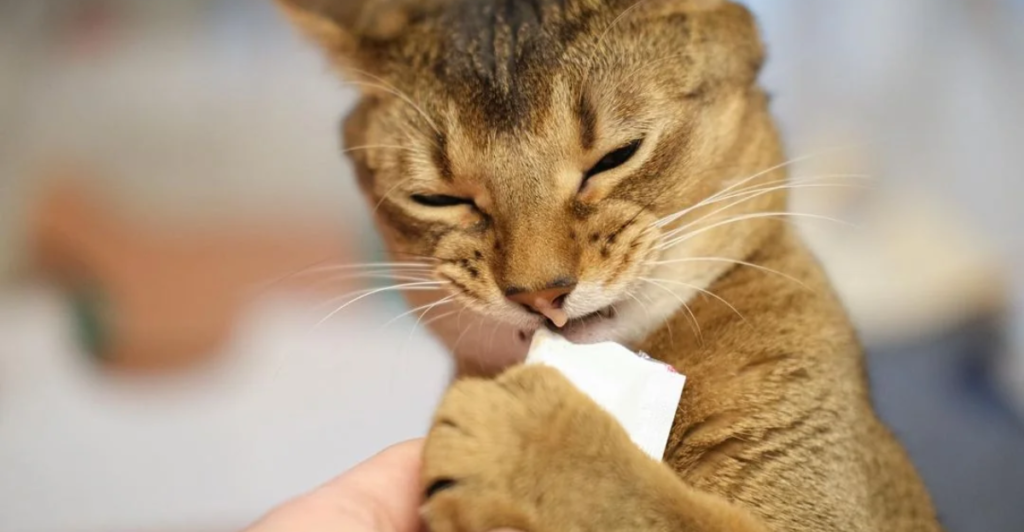
Pet owners can observe the flehmen’s response in their cats during routine activities, such as investigating new objects, exploring unfamiliar environments, or encountering the scent marks of other animals. Recognizing this behavior can enhance understanding of a cat’s sensory experiences and interactions with its environment.
The Evolutionary Advantage of the Flehmen Response
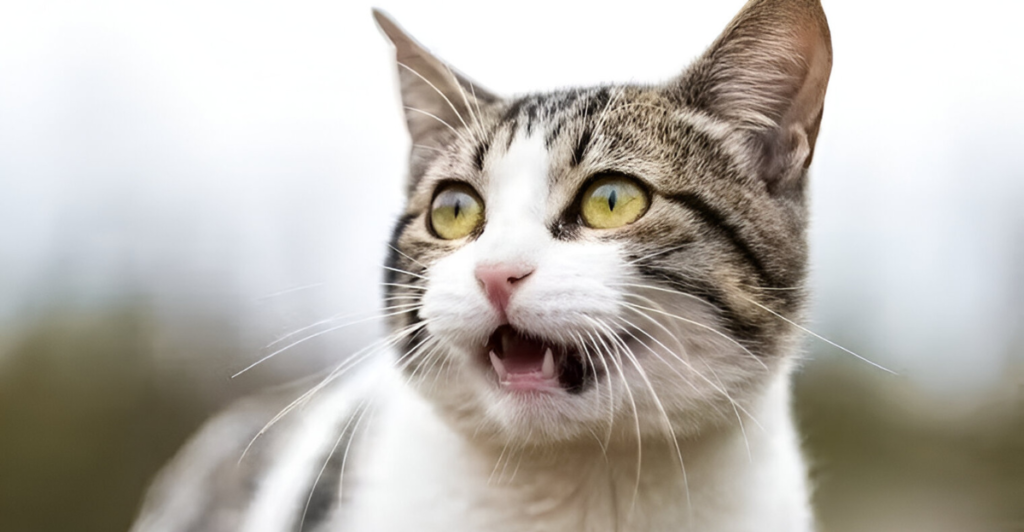
The flehmen response provides cats an evolutionary advantage by enhancing their ability to detect and interpret chemical cues critical for survival and reproduction. This heightened sensory capability aids in identifying mates, marking territory, and avoiding potential threats, contributing to the species’ adaptive success.
Enhancing Human Understanding of Feline Behavior
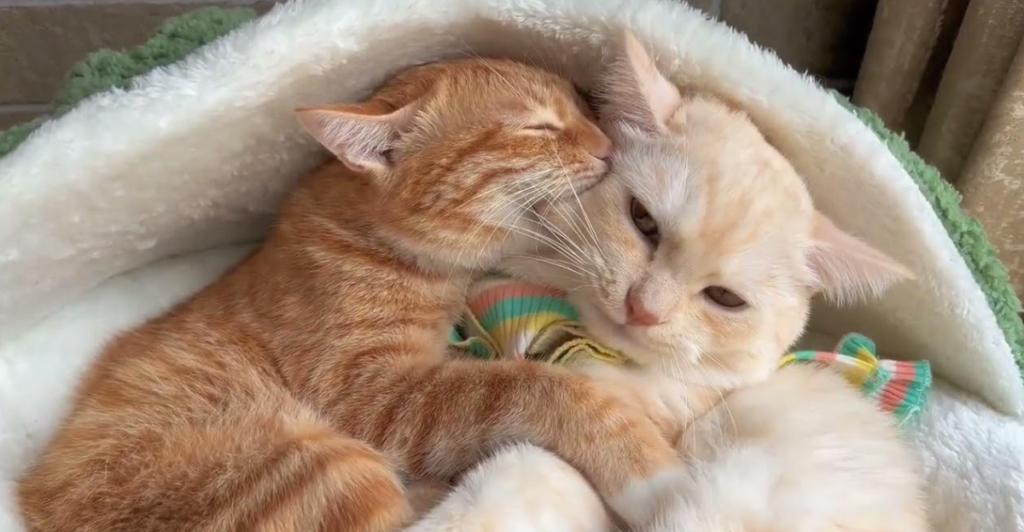
Awareness of the flehmen response enriches the human appreciation of feline behavior and communication. By understanding this natural response, cat owners can better interpret their pets’ actions and provide environments that cater to their sensory and social needs, fostering a harmonious human-animal bond.
Explore more of our trending stories and hit Follow to keep them coming to your feed!

Don’t miss out on more stories like this! Hit the Follow button at the top of this article to stay updated with the latest news. Share your thoughts in the comments—we’d love to hear from you!







